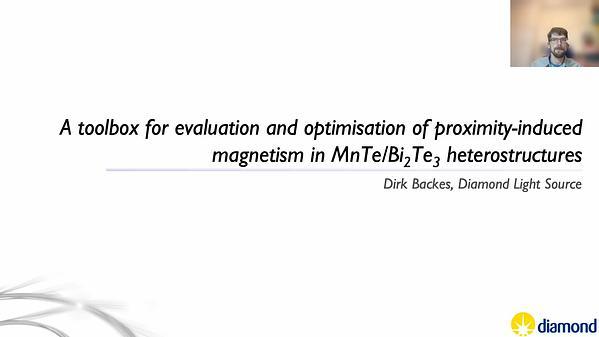Would you like to see your presentation here, made available to a global audience of researchers?
Add your own presentation or have us affordably record your next conference.
Spin precession and spin wave propagation with ferromagnetic resonance (FMR) rely essentially on the following points: a) the external field Hex is applied in order to set the precession axis of spins in the direction of Hex, b) the generated spin wave propagates in the direction perpendicular to the Hex, and c) the generation of spin waves owes its origin to the ferromagnetic spin exchange interaction acting between neighboring spins. Although in the case of the spin thermoelectric (STE) generation the precession of local 3d-electron spins in Fe3+ is thermally excited and its excitation is irrelevant to the resonance phenomenon,1 the three points noted above on FMR are considered to be important also for generating spin currents thermally in a ferrimagnetic insulator (FMI) due to the temperature gradient ▽T. Ref. 2 noted that the driving force for generating spin currents is due to the nonequilibrium dynamics of magnons in the FMI driven by ▽T.2 Based on our studies on STE generation1,3,4, we consider that the spin exchange interaction plays a major role as the driving force for the generation of spin currents in an FMI. The process in Fig. 1 shows the role of the ferromagnetic spin exchange interaction for generating spin currents in the FMI due to ▽T. We regard the ferromagnetic spin exchange interaction as the cause of the driving force for generating spin currents. Fig. 2 illustrates the generation of spin currents in YIG or Bi-substituted YIG by ▽T in the longitudinal spin Seebeck effect (LSSE). Each spin makes the spin precession of different magnitude due to ▽T, because each position of the spins is different in temperature. The precession of each spin then reaches a steady state, settling down to a uniform-mode-like state at tn from the initial state at t0 due to the exchange force working between spins. This idea well explains the generation of STE voltage for all the Hex and ▽T arrangements that have been reported in experiments so far.
References
1M. Imamura, H. Asada and R. Nishimura, IEEE Trans. Magn., Vol. 58, p.4500111 (2022)
2K. Uchida, H. Adachi and T. Kikkawa, Proc. IEEE, Vol. 104, p.1946 (2016)
3M. Imamura, H. Asada and R. Nishimura, AIP Advances, Vol. 11, p.035143 (2021)
4M. Imamura, H. Asada and R. Nishimura, J. Magn. Magn. Mater., Vol. 550, p.169081 (2022)

